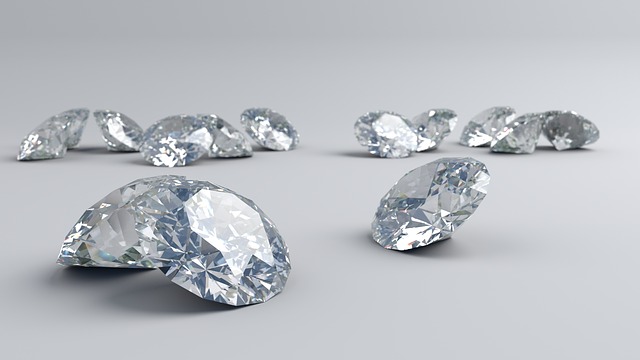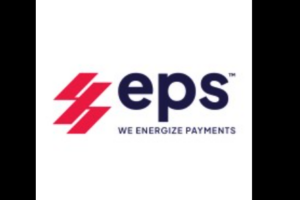
India is all set to emerge as a major determinant of prices of this most expensive commodity in the world as the dynamics of the diamond industry shift towards India.
90% of the gemstone cutters in the world are from India. Indian karigars are undisputedly the best in the world, determining the facets of each diamond that finds its way into the market from their workshops. Why then, should India not determine the price of diamonds?
Futures trading in diamonds which will become a reality, thanks to the Indian commodity Exchange, ICEX launching them for the first time in the world will do exactly that.
Surat is the global centre of the diamond cutting and polishing industry. It enjoys a near monopoly, particularly in smaller diamonds, where the value addition by cutting and polishing is the greatest. It is also the second largest diamond trading hub in India, after Mumbai with more than 800,000 artisans in this city of 4.5 million involved in this Rs 80,000 crore industry.
Mumbai and Surat are the two major locations of the Industry with Surat being considered as the global centre for diamond cutting and polishing. Around 90 per cent of the ‘rough’ diamonds mined across the world are sent to Surat and the launch of diamond futures offers the most scientific method of price discovery for the commodity.
ICEX opens huge opportunities for diamond traders
ICEX is an important milestone in the history of Indian markets. The launch of diamond futures traded on the ICEX platform has opened a whole lot of opportunities for players across the value chain of diamond trading in the world. 90% of the gemstone cutters in the world are from India and our karigars are the best in the world.
They determine the facets of each diamond then why shouldn’t an Indian Exchange determine its price? A question that many from the trade are asking today.
Sellers wanting to trade diamonds on ICEX platform have to get the stone certified with the Exchange designated certifying agency for the quality check as per the exchange specified quality parameters. Upon certification the physical stone are deposited in the Exchange appointed vault at Surat.
Once the stone is deposited at the Exchange designated vault, electronic unit equivalent to the weight of the diamond is created and transferred into the account of the seller.
At the time of contract expiry the electronic units are delivered at the exchange platform. The buyer gets electronic units in his account at the time of expiry. For the delivery of stone in physical form the buyer accumulates the units’ equivalent to the stone size as per the contract.
What this means is that, if one wants to purchase 30 cents of the stone, he | she has to accumulate 30 electronic units in 30 cents contract for asking physical delivery. ICEX is creating entirely a new market where the seller can offload their certified quality diamond among different set of buyers. The liquidity and exit route that the Exchange is offering to this commodity is unparalleled so to say.
ICEX contracts mirror index futures
The ICEX diamond contracts mirror the index futures contracts in terms of time period where there will be three contracts open to traders for trade at any given point of time. The trading unit is set at 1 cent, which is equivalent to 2 mg. The eventual delivery is for 1 carat which is equivalent to 100 cents.
The daily price limits for the contracts have been set at 3% and 6% (without any cooling off period) after which, in case the daily price limit of 6% is also breached, then after a cooling off period of 15 minutes, the daily price limit will be relaxed up to 9%.
In case price movement in international markets is more than the maximum daily price limit (currently 9%), the same is further relaxed in steps of 3% beyond the maximum permitted limit, under intimation to the Regulator.
The initial margin has been set at a minimum of 4% or VaR whichever is higher and in addition to this ELM of 1% is levied. Additional margin requirements will also be imposed depending upon the volatility in trades.
The maximum allowable open position for individual clients is pegged at 60,000 cents for all Diamond contracts combined together. Each member is allowed to hold maximum open positions worth 60,000 cents or 15% of the market wide open position whichever is higher, for all Diamond contracts combined together collectively for all clients.
There are detailed quality specifications for the stones which include the following:
Graded Natural Untreated Diamond having following quality parameters:
- Shape: BR,
- Carat : 1 to 1.09
- Colour: H
- Clarity: VS2
- Cut: Ex
- Polish: Ex
- Sym: Ex
- Flour: Negligible
- Culet: Pointed
A seller can deliver a quality better than the parameters specified above, but there is no premium for the same. The stone should not have Brown, Green or Milky discoloration and should not have black | dark inclusion.
ICEX has set the stage is all set for the creation of new completely transparent price discovery mechanism which until now had been the autocratic monopoly of a single individual perched at a location which technically had nothing to do with diamonds. Now that the country is setting the pace for diamond business in cities such as Surat and Mumbai, the global diamond industry will see a shift towards India.




Comments are closed.